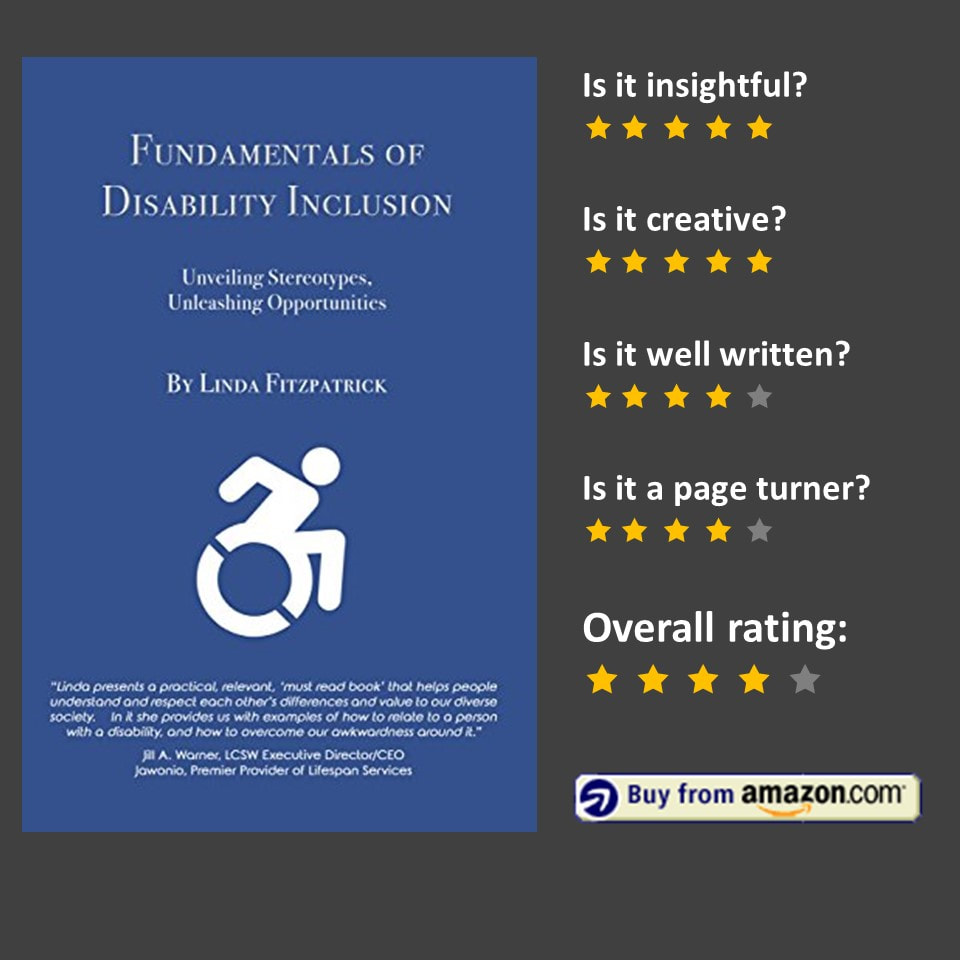 When a PM muddies the water with statements like “everything is critical” to those who truly understand how a project’s critical path works, the PM causes others to question both the PM’s schedule and—more importantly—the PM’s credibility. Understanding the mechanics of critical path is a crucial hard skill that PMs need to master early in their careers. Before we go further, I’d like to define some basics that affect a project’s critical path... Read more at ProjectManagement.com
0 Comments

People who are strategic in nature are effective at the why and what. They can paint a clear, compelling vision of some future state and get others to align to the future state. This skill is super critical in generating excitement and buy-in on the “what could be.”
People who are tactical are effective at the how, who and when. They can ingest the compelling vision and translate it into an executable plan while effectively managing scope, schedule and budget. This skill is imperative if the strategist’s great idea is ever going to make it beyond slideware. There are some, though, who are competent at the why and what as well as translating it into how, who and when. They can be strategic, but can also switch hats when the situation dictates and be tactical. Those who can do this are what I like to think of as stractical (my made-up word). Read more at ProjectManagement.com.  As a new manager at Andersen Consulting (now Accenture), I was determined to show others how it was done. But I took on too many clients simultaneously and didn’t ask for help. When a colleague tried to tell me things were going south, I ignored him. My stubbornness, naivete and ignorance led to screwing up not one job, but three. Not only did I mess things up, but I wasn’t honest with myself about what happened, why it happened, and how I contributed to it. I was accountable for three spectacular failures, and for years was in denial of my own culpability. I was also too proud to admit my failures to colleagues and management and help others learn from them. Later in my career, I came to grips with what happened and was willing to share the experience with others. But there were times along the way I could have helped others but didn’t. Bad on me. Read more at ProjectManagement.com
 In the Rough-Cut Timeboxing: The Work-Back Model article, I addressed the scenario of the project manager being given an end date and having to work backward to derive when the initiative should start (or should have started). But what about the scenario where a project manager is able to provide a start date? My experience has been more about being given an end date, but I’ve also had situations where I was able to forward-schedule work—or where I used forward and backward scheduling together to develop a rough-cut plan. In this article, I want to focus on that scenario using the rough-cut work-forward timebox model. Read more at ProjectManagement.com
|
Topics
All
Reprints
Contact Lonnie about article reprints. Please specify article you wish to reprint. Backlist
See Lonnie's Amazon Author Page Archives
July 2024
|
Lonnie Pacelli - Building Thriving Leaders™
Insightful | Creative | Direct Advice to Help Leaders Help Themselves
Keynote Speaker | Board Director | Autism Advocate | Author | Project Management Expert | Microsoft/Accenture Veteran
See his books on Amazon
Insightful | Creative | Direct Advice to Help Leaders Help Themselves
Keynote Speaker | Board Director | Autism Advocate | Author | Project Management Expert | Microsoft/Accenture Veteran
See his books on Amazon
Services |
About
|
© COPYRIGHT 2019. ALL RIGHTS RESERVED.
We are a participant in the Amazon Services LLC Associates Program, an affiliate advertising program designed to provide a means for us to earn fees by linking to Amazon.com and affiliated sites.
|




 RSS Feed
RSS Feed